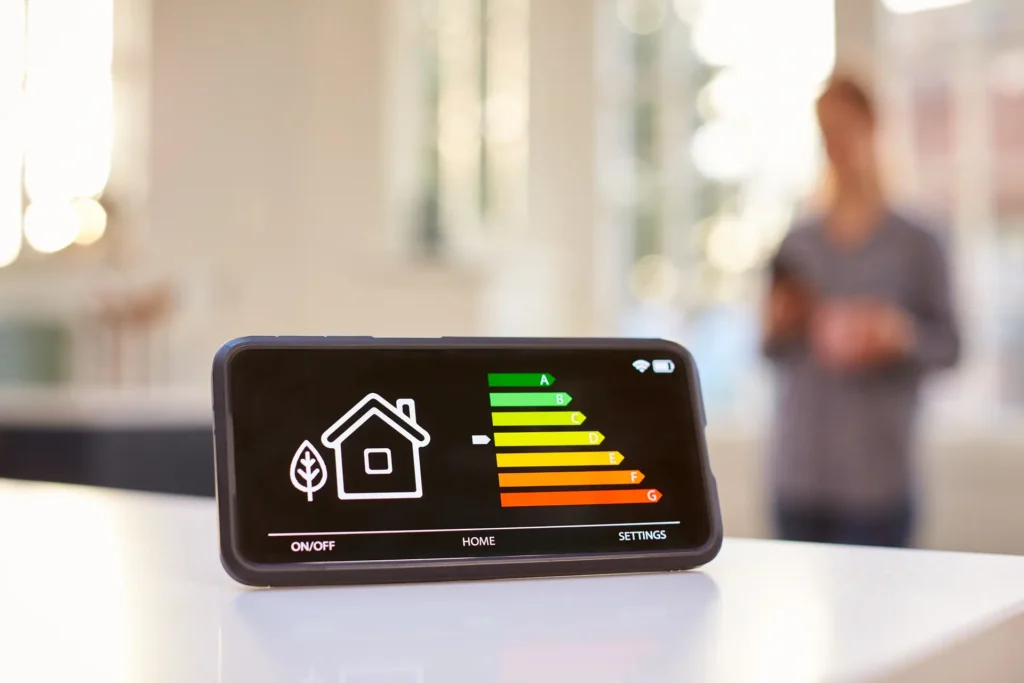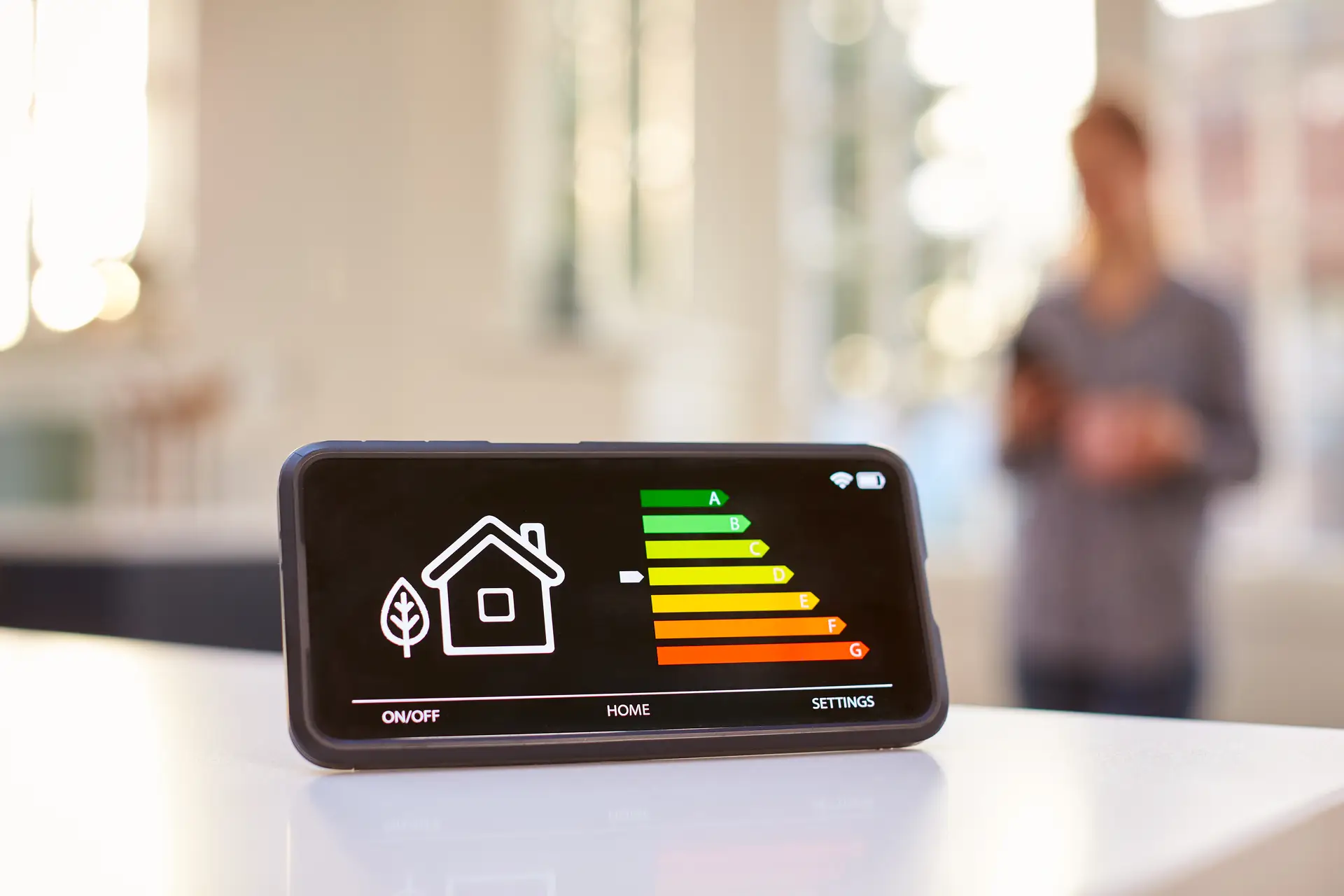How the Right Roof Can Reduce Your Energy Bills
Introduction
Improving energy efficiency in homes is more crucial than ever as energy costs rise and environmental concerns grow. The roof, often overlooked, plays a pivotal role in a home’s energy consumption, significantly impacting heating and cooling costs. Understanding how your roof affects energy use is the first step toward reducing your utility bills and enhancing comfort. Discuss the global trends towards energy conservation and sustainability that influence home building and renovations. Explain how investing in energy-efficient roofing not only impacts personal finances but also contributes to global environmental efforts.

The Science of Energy Efficient Roofing
The science behind energy-efficient roofing is based on understanding how roofs absorb or reflect heat. Factors such as thermal mass, reflectivity, and insulation determine how much heat your roof retains or repels. Efficient roofing materials help maintain stable indoor temperatures, reducing the burden on heating and cooling systems. Explore the role of thermal emissivity in roofing materials and its effect on energy consumption. Discuss how advancements in material science have led to the development of high-tech roofing solutions that outperform traditional materials.
Choosing the Right Materials
The choice of roofing materials greatly affects your home’s energy efficiency. Materials like asphalt shingles, metal roofing, and ceramic tiles each have different energy efficiency ratings. Modern materials such as cool roofing options reflect more sunlight and absorb less heat, leading to cooler interiors and lower air conditioning costs. Dive deeper into the lifecycle and sustainability of various roofing materials, comparing not just energy efficiency but also environmental impact. Include a discussion on the newer composite materials that combine the best properties of traditional materials.
Importance of Color and Coating
The color of your roof also influences its energy performance. Light-colored roofs reflect sunlight and heat away from your home, while dark-colored roofs can make your home hotter. Reflective coatings and other treatments can further enhance a roof’s ability to keep your home comfortable. Detail the technological advancements in roofing coatings that enhance UV reflection and thermal insulation. Discuss the potential of phase change materials (PCMs) in coatings to further regulate roof temperatures.
Insulation and Ventilation
Effective attic insulation and proper ventilation are critical to optimizing your roofing system for energy efficiency. These elements work together to reduce heat build-up in the summer and prevent heat loss during winter, keeping your energy costs in check throughout the year. Provide guidelines for assessing current attic insulation and ventilation systems and identifying areas for improvement. Discuss new insulation technologies and materials that offer superior performance with minimal environmental impact.
Innovative Roofing Technologies
Emerging technologies in roofing include solar tiles and green roofs, which integrate living plants. These technologies not only enhance a roof’s insulation but also provide renewable energy solutions and improve air quality, making them beneficial for both energy savings and environmental sustainability. Expand on the integration of smart home technology with roofing systems, such as automated venting or moisture detection systems that enhance energy efficiency. Discuss the future potential of roofing materials that can actively cool themselves or convert absorbed heat into usable energy.
Maintenance Tips for Energy Efficiency
Maintaining your roof is essential to ensure it continues to function efficiently. Regular inspections, cleaning debris from gutters, and replacing damaged shingles can prevent deterioration and inefficiency, extending the life and performance of your roofing system. Offer a seasonal maintenance checklist that addresses specific energy efficiency concerns. Discuss the importance of professional energy audits for roofing systems and how they can identify unseen inefficiencies.
Case Studies
Several case studies highlight the significant reduction in energy costs achieved through upgraded roofing systems. These real-life examples underscore the impact of thoughtful material selection and proper installation on overall energy expenditures. Provide detailed case studies of homes in various climates that have implemented these energy-efficient roofing technologies and the specific outcomes. Include comparisons of before and after energy use to highlight potential savings.
Financial Incentives and Benefits
Investing in energy-efficient roofing can lead to substantial savings on energy bills. Many regions offer tax credits, rebates, and other incentives to encourage homeowners to choose energy-efficient options, further reducing the net cost of roofing upgrades. Detail specific government or local incentives for various types of energy-efficient roofing materials and technologies. Discuss financing options available that help offset the initial higher costs of energy-efficient roofing installations.
Choosing the Right Contractor
Selecting a knowledgeable and experienced roofing contractor is crucial for ensuring your roof is optimized for energy efficiency. Contractors with specific experience in energy-efficient roofing can provide valuable insights and ensure that installations are performed correctly. Provide tips for vetting contractors, such as checking certifications related to energy-efficient installations and asking for case studies or references. Discuss the importance of ongoing contractor support and maintenance services to maintain energy efficiency over the life of the roof.
Conclusion
Choosing the right roofing system can significantly reduce your energy bills and increase indoor comfort. By understanding and implementing the key aspects of energy-efficient roofing, homeowners can make informed decisions that lead to long-term savings and sustainability. Summarize how personal and environmental well-being is interconnected through choices in home maintenance and improvement. Reiterate the long-term benefits of choosing an energy-efficient roofing system in terms of both cost savings and environmental impact.
Are you ready to transform your home with energy-efficient roofing? Contact Red Well Roofing today for a consultation and discover the best roofing options to save energy and reduce your utility bills. Allow us to assist you in making a wise investment for your home’s future. Encourage homeowners to conduct an initial roof inspection to evaluate potential energy inefficiencies. Invite readers to contact Red Well Roofing to explore their energy-efficient roofing options and take a proactive step towards a more sustainable home.
